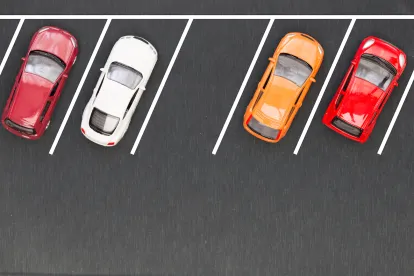-
AI Training Continues to Be a Priority towards Widespread Adoption – Technology for autonomous vehicles (AV) - largely self-driving cars and trucks - has advanced quickly but must mature significantly before it can be allowed to operate without substantial constraints. The primary challenge is how the technology will handle difficult-to-predict situations, including sharing the road with erratic and distracted human drivers. These are difficult to “hard code” and thus artificial intelligence must be “trained” into the platform. To further this goal and advance machine learning, many AV companies are building up their database of trainable experiences through both simulation and on-road testing.
-
Watch for AV Adoption in “Middle Mile” Transportation First… – As gas prices increase and drivers are harder to find, “middle mile” automated transportation is a growing need. The middle mile, which constitutes mostly straight-forward highway driving, is an expensive part of logistics and supply chains that is ripe for efficiency gains and cost savings. Implementing AV models for middle mile transportation requires the least amount of AI ability to replace human judgment. Vehicles are usually set at controlled speeds and make infrequent turns or lane changes, minimizing the risk of accidents.
-
…But Robo-Taxis and Urban Air Mobility Will Come – Eventually – Despite the COVID-19 pandemic, cities continue to grow – along with traffic congestion and greenhouse gas emissions. Ridesharing and electric vehicles are helpful mitigators, but streets filled with human drivers will always be inefficient from a traffic management standpoint. Safety remains a very high barrier to widespread adoption of robo-taxis and urban air mobility, but demand is already high and continues to increase. Where there’s a will, there’s a way.
-
Camera Technology Offers Unprecedented Situational Awareness – Camera technology is advancing at an unprecedented rate and has some advantages over Lidar and other ranging sensors in many scenarios – particularly when it comes to reading road signs and identifying the specific nature of potential hazards. Modern processors can handle the necessary image capture rates and fidelity, and thereby enable AI to leverage far more information about the vehicle’s environment into making better decisions.
-
Driver-Assistance Features May Facilitate Consumer AV Adoption – While fully automated vehicles are not currently available to the consumer market, there has been an increase of semi-automated “driver assist” functions like cruise control, automatic braking, and self-parking in many cars and trucks on the market. This is likely to increase consumers’ comfort level with the idea of technology driving a vehicle by the time AVs are available to them.
5 Trends to Watch in 2022: Autonomous Vehicles
Thursday, January 6, 2022
Current Public Notices
Published: 3 September, 2025
Published: 28 August, 2025
Published: 25 August, 2025
Published: 25 August, 2025
Published: 25 August, 2025
Published: 25 August, 2025
Published: 22 August, 2025
Published: 20 August, 2025
Published: 20 August, 2025
Published: 18 August, 2025
Published: 18 August, 2025
Published: 14 August, 2025
Published: 11 August, 2025
Published: 8 August, 2025
Published: 26 June, 2025


 />i
/>i
